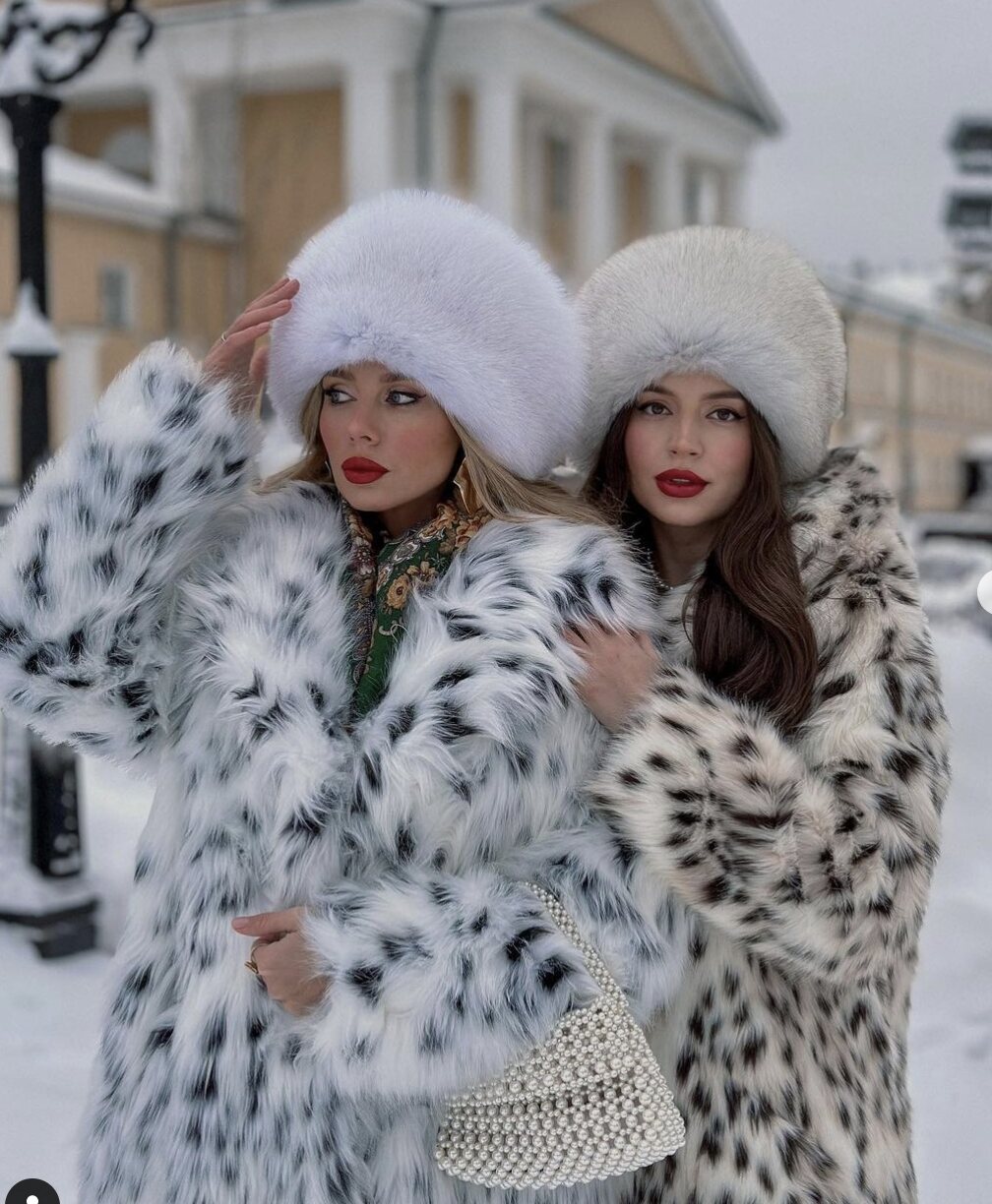Bimbofication is International: "What's Lurking Behind the ‘Slavic Bimbo’ Aesthetic?"
From the online magazine, Polyester, they note that it is helping these girls and women use their assets to stand out and better themselves economically.
"Balancing on the tightrope between Modanna and whore with the deftness of a Soviet gymnast, the stereotypical "Slavic Bimbo" woman is both inherently sexual and representative of the idealised traditional values.

The stereotype of the sexed-up Slavic woman comes from trends that affected Slavic and Eastern European countries following the fall of the Soviet Union, and the chaotic transition from communism to capitalism in the 90s and early 2000s. While traditional Soviet values rested upon women both working and mothering children, the free entry of Western media, magazines, and values, along with a rapidly shifting economic landscape, lead women in the post-Soviet space to begin prioritising their looks, cultivating a hyper-feminine aesthetic, and creating themselves an image in the Western world somewhere between an old-timey housewife and a made-up gold-digger.
However, this hyper-glamorous, feminine aesthetic was more than just a newfound sense of materialism. In some sense, it was also a tactic for economic ascension. According to Holly Porteous of Swansea University, who analysed the relationship between Western-style women’s magazines and beauty standards in her article “From Barbie to the oligarch’s wife: Reading fantasy femininity and globalisation in post-Soviet Russian women’s magazines”, the “Barbie doll” standard could have real material implications for women’s lives.
Porteous writes that “Winning beauty contests gave women in the early post-Soviet era the opportunity to date or even marry” the class of wealthy businessmen and oligarchs that emerged after the economic transition. One of the women she interviewed for her research, named Lara, asserted that the presence of this new class was the reason for the very existence of such high expectations for women’s looks.
“We have a certain standard of beauty which is set by rich men,” she said, adding that “they want to have a Barbie doll beside them that they can show off to everyone else”.
In the modelling world, the romanticisation and fetishisation of Slavic women began in the early 2000s...."
https://www.polyesterzine.com/features/whats-lurking-behind-the-slavic-bimbo-aesthetic?rq=slavic%20bimbo
Reposted from
